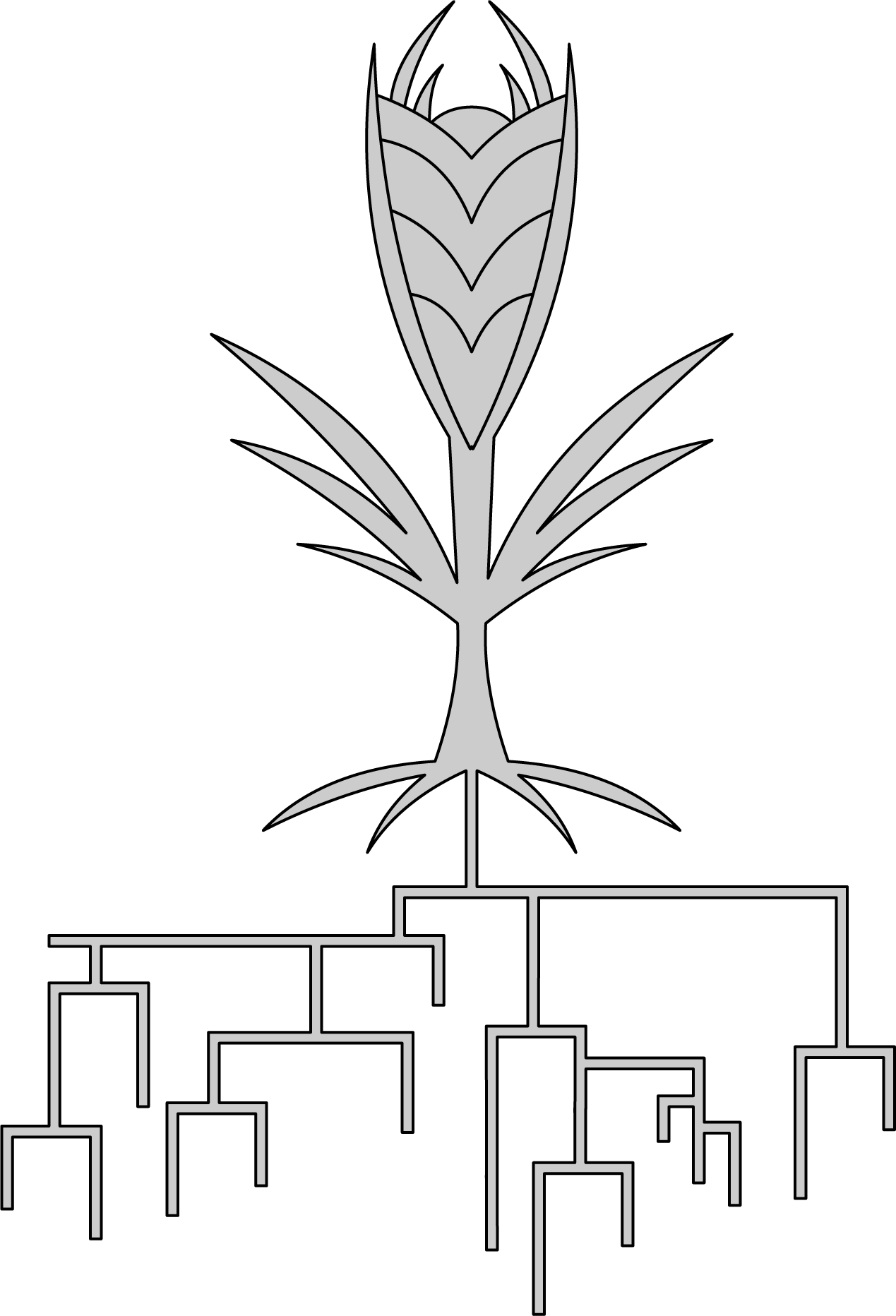Toolbox
Code
Our code is maintained at Krasileva Lab GitHub.
Available under MIT license.
Protein family analyses
- Plant R-genes: Scripts to annotate Pfam domains, extract NLR plant immune receptors and their architectures, including NLR-ID, as published in Sarris et al BMC Biology 2016. Originally, written by Ksenia, now updated and maintained by the group, including contributions from Erin Baggs. (link to the code)
- Tandem: Identification of neighboring genes, used in Bailey et al. Genome Biology 2018. Developed by Christian Schudoma. (link to the code)
- ASTREL_NLR: Scripts and supplemental files used in Baggs et al 2020 to perform identification of orthogroups lost together with NLRs and EDS1 signaling pathway. (link to the code)
- hvNLRs: Scripts used in Prigozhin and Krasileva 2021 to phylogenetically group NLRs from pan-genomes into allelic series, perform Shannon Entropy analyses and predict ligand binding sites: (link to the code)
Plant genomics and variant discovery
- SCVEP: Annotation-free variant effect prediction. It is based on blasting DNA sequence surrounding the SNP against protein database and resulting alignment is used to predict likely effect of the SNP on the coding sequence. Developed by Christian Schudoma. (link to the code)
- Wheat EMS population sequencing and analyses: Collaborative set of scripts used in Krasileva et al 2017 Wheat TILLING publication. Forked from repository. Contributions from Hans Vasquez-Gross, Ricardo Ramirez-Gonzalez, Paul Bailey, Ksenia Krasileva, Christian Schudoma. (link to the code)
- TGACv1-circos: Scripts developed and used in Clavijo et al. 2017 to order genome scaffolds and to plot genetic map of wheat. Developed by Christian Schudoma. Anchoring draft wheat genome assembly to genetic map (link to the code). Circos plot visualization (link to the code)
Teaching Materials
Graduate module in Genomic and Bioinformatics (for general plant biologists)
2020 Lecture notes (developed by Ksenia, taught without ppt):
Workshops and tutorials
- Phylogenomics tutorial in either Word doc (link) or Google Colab (link) with introductory slides: (ppt, link)
- NGS analyses with Galaxy (compilation): (Word doc, link)
- Genome annotation tutorial (Google colab, link)


